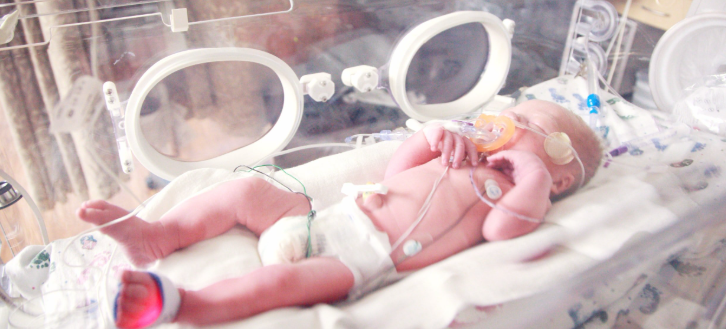Photo Credit: Liudmila Chernetska
The following is a summary of “National Trends in Central Retinal Artery Occlusion Presentations and Stroke Workup in United States Emergency Department,” published in the March 2025 issue of American Journal of Ophthalmology by Akosman et al.
Researchers conducted a retrospective study to examine trends in diagnostic assessments and sociodemographic characteristics of individuals with acute central retinal artery occlusion (CRAO) in United States (US) emergency departments (ED).
They analyzed data from adults with CRAO who visited ED between 2016 and 2021. The National Emergency Department Sample (NEDS) was queried using International Classification of Diseases, Tenth Revision (ICD-10) codes for a primary CRAO diagnosis. Stroke evaluations included brain imaging (CT/CTA and MRI/MRA), carotid imaging (ultrasound, CTA, MRA), cardiac diagnostics (echocardiogram/ECG), and laboratory tests (ESR/CRP).
The results showed that 3,736 individuals were identified, with a mean age of 69 years (SD 13.72). Males accounted for 53.02%, and Medicare was the primary insurer for 62.77%. Comorbidities included hypertension (75.45%), hyperlipidemia (44.67%), coronary artery disease (20.26%), diabetes (27.38%), and obesity (11%). The CRAO incidence significantly increased from 1,698 to 3,526 over 5 years (P =0.024). Utilization rates of brain imaging, carotid imaging, cardiac diagnostics, and laboratory tests showed a linear rise from 2016 to 2021. The proportion of individuals receiving no stroke workup declined from 66.75% to 57.87% (P =0.259).
Investigators concluded that while the US had increased screening and stroke workup of CRAO in the ED over time, over 50% of patients still did not receive any stroke workup imaging.














Create Post
Twitter/X Preview
Logout